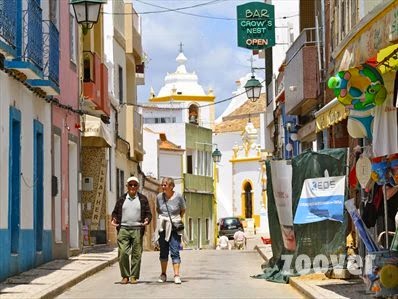Common Entrance:
Year CE candidates please look over the Global Location list ... You need to know the names of all of the physical features and major cities AND be able to draw them on a map: the map could be a map of the world, or a continent or even the British Isles.
Blank maps and the list of Location Knowledge required for CE can be found on the left hand side of this page.
Scholars
As requested, here are two essay questions for you. Do at least one of them, please.
Question 1.
Read the extract from the Daily Telegraph from 10/04/2012:
Read the extract from the Daily Telegraph from 10/04/2012:
This month marks the second anniversary of the eruption of Eyjafjallajökull that left millions stranded across Europe, and cost airlines an estimated €150 million a day for six days. But alarmingly, there are signs of high activity beneath the much larger, neighbouring Katla caldera in Iceland – a possible sign of an impending eruption. This should prompt extensive high-level contingency planning across Europe, as Katla has the potential to be much more damaging than Eyjafjallajökull.
a: i) What type of plate boundary is Iceland on? (1)
ii) Why are volcanoes often found on this type of plate margin? (3)
b: i) Approximately how much did the eruption cost the airlines? (1)
ii) Why was the cost of the eruption so great? (2)
iii) How might the eruption have affected ....
1: local people (2)
2: people outside Europe (3)
c: Why do people live near volcanoes? (4)
d: Why might the effects of this eruption have been different had it happened in a poorer country? (9)
Total 25 Marks
Question 2.
Look at the two photographs taken of Alvor in the Algarve, Portugal.
Look at the two photographs taken of Alvor in the Algarve, Portugal.
 |
| A typical street in Alvor |
 |
| The Pestana Beach Club in Alvor
|
"Tourism is good for an area". Discuss. You should use evidence from these photographs and other examples that you have studied.
25 marks







